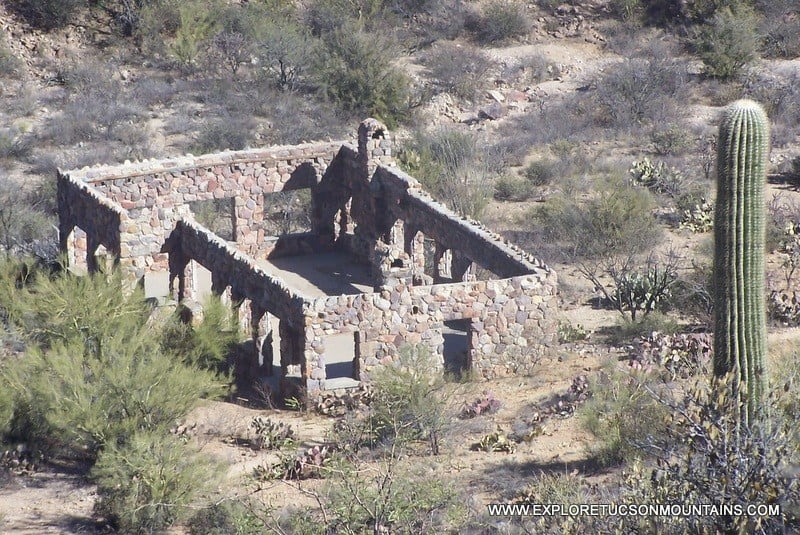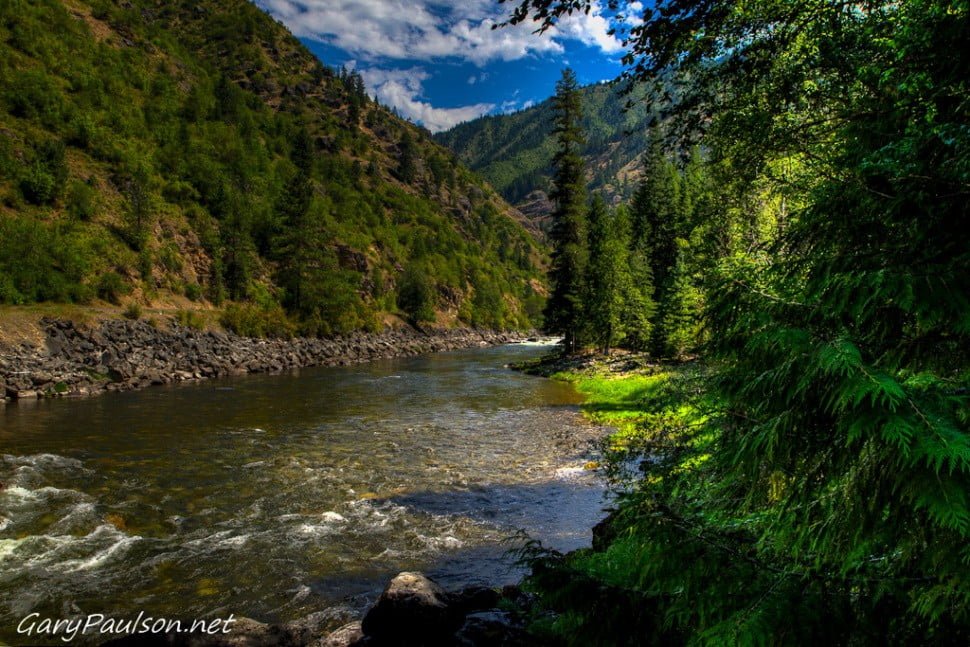
Jackson, Wyo.—April 18, 2019— Winter wildlife closures will lift on the Bridger-Teton National Forest on May 1. 2019.
There is a significant snow pack across the Forest this year and it has been melting off slowly and steadily. However, roads may still be drifted, flooded or just impassable due to lingering snow pack after May 1. Visitors should be prepared to walk into areas or take their horses. While there won’t be any restrictions to human presence, some roads may not be drivable. The Forest patrollers will be assessing the roads and trail heads in the days leading up to May 1, and the conditions will be updated regularly as spring melt off continues.
Areas that are popular in the spring, but as of today are still drifted with snow include Horse Creek, Wilson Creek, Josie’s Ridge, Adam’s Canyon and Leeks Canyon, to name a few. These areas are popular for visitors wanting to look for antler sheds but with predicted weather, it isn’t possible to forecast if the roads are going to be passable with vehicles. Additionally all of the areas of the Forest around Hoback Junction including the south slopes of Munger Mountain, the area near Camp Creek and the hillsides east of Hoback Junction are still under a deep lingering snow pack.
People come to the Bridger-Teton from long distances including areas like Gillette WY; Maybell and Rifle, CO; and even closer communities like Rocksprings and Dubois, WY to look for antlers that have been dropped as wildlife moves from the winter ranges to higher ground. The Forest reminds all recreationists that antlers are not available for gathering on this side of the Continental Divide until May 1 each year.
The status of roads on the Jackson Ranger District for those planning to venture out on May 1 is the following:
- Gros Ventre road – lower gate opens at approximately 6:00 a.m.; road open to Slate Creek; upper road closed to motorized vehicles until June 1; non-motorized use is allowed. Several landslides near Atherton Creek are being repaired this week.
• Flat Creek road – the gate on the National Elk Refuge opens at 8:00 a.m. and people will be able to drive to the Forest trailhead; road closed past trailhead due to snow
• Curtis Canyon road – the gate on the National elk Refuge opens at 8:00 a.m.and people will be able to drive up Curtis to the campground/overlook area; upper part of road will likely be closed due to snow
• Shadow Mountain north and south roads – likely closed due to snow
• Ditch Creek road – likely closed due to snow
• Fall Creek road – likely closed due to snow
• Granite Creek road – likely closed due to snow
• Mosquito Creek road – likely closed due to snow
• North Fork Fall Creek – likely closed due to snow
Visitors to the Bridger-Teton National Forest can obtain free copies of motor vehicle use map by visiting http://www.fs.usda.gov/main/btnf/maps-pubs . No wheeled motor vehicle travel is permitted off of designated roads. The higher elevation roads take a long time to dry out after the winter. Even at lower elevations, pockets of wet areas can keep an entire road closed.
Depending on spring warm up and drier weather, the Bridger-Teton may be able to report the opening of some lower elevation roads by May 1, but some years the wet conditions prevent that from happening. When roads are wet, vehicle travel can cause considerable resource damage by creating deep ruts. Road widening can also occur when vehicles drive around deep pools of water. The chances of getting stuck are higher earlier in the season.
Once roads open remember to not attempt routes above your skill level and be prepared in case you get stuck. Be aware of damage driving on wet roads can cause, including deep ruts and unauthorized routes. Changes in weather can result in impassable conditions even when roads are open.
To learn if a road is open or closed please call the Bridger-Teton National Forest at 307-739-5500 or visit http://www.fs.usda.gov/recmain/btnf/recreation for the latest in trail, road and campground conditions.
The mission of the U.S. Forest Service, an agency of the U.S. Department of Agriculture, is to sustain the health, diversity and productivity of the nation’s forests and grasslands to meet the needs of present and future generations. The agency manages 193 million acres of public land, provides assistance to state and private landowners and maintains the largest forestry research organization in the world. Public lands the Forest Service manages contribute more than $13 billion to the economy each year through visitor spending alone.
Those same lands provide 30 percent of the nation’s surface drinking water to cities and rural communities and approximately 66 million Americans rely on drinking water that originated from the National Forest System. The agency also has either a direct or indirect role in stewardship of about 900 million forested acres within the U.S., of which over 130 million acres are urban forests where most Americans live.

